Postdoctoral Cohorts
2024 Cohort

Dr. Henry Holm
Hurley and Dyhrman Labs, Lamont-Doherty Earth Observatory, Columbia University
Henry Holm is an ocean scientist working at the intersection of organic geochemistry, cell biology, and ecosystem studies. He is broadly interested in ocean microbes (primarily phytoplankton) and how they shape ocean ecosystems as well as our climate future. With C-CoMP, he is spearheading experiments to understand how phytoplankton will acclimate to and eventually adapt to future ocean CO₂ and temperature conditions. This includes not only how future conditions will affect the amount of primary production, but also how they may alter the molecular composition and fate of that production. To gain these insights, he combines climate data, laboratory culturing, and omics measurements to capture a detailed picture of phytoplankton growth in a changing ocean.
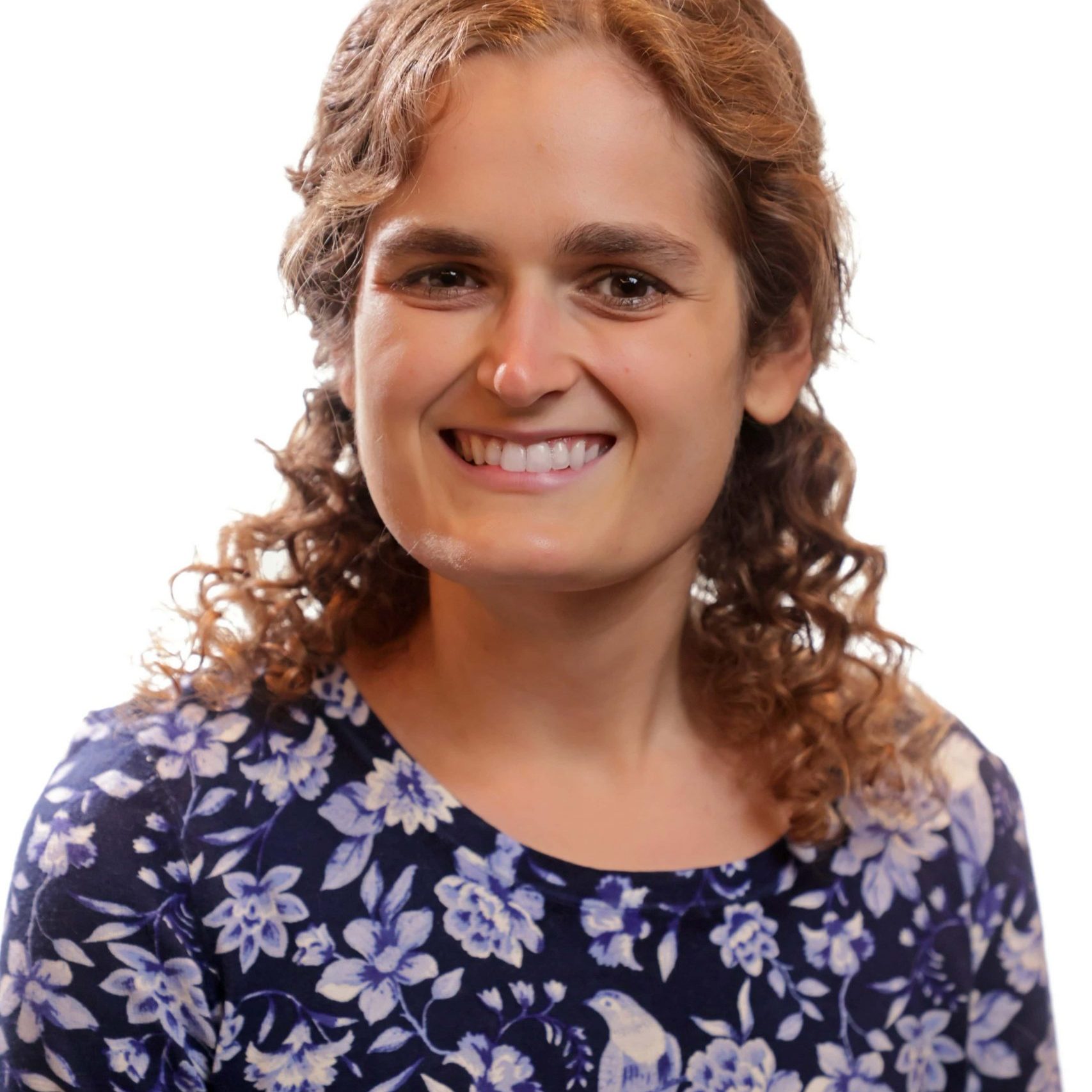
Dr. Arianna Krinos
Freilich Lab, Brown University
Arianna Krinos is a phytoplankton ecologist interested in extracting insights from -omics and culture experiment data implementable in models. Arianna is keenly interested in phytoplankton community interactions and the ecosystem implications of [intraspecific] genetic diversity. Arianna is leveraging and annotating metatranscriptomes, culturing phytoplankton, and studying interactions in model space to explore whether metabolites can provide mechanistic insight into community turnover in phytoplankton communities. Arianna is currently using a time series of metatranscriptomes to study how metabolite-relevant functional networks differ from community composition-based networks. Arianna is motivated broadly by blending computational science and modeling approaches with classic phytoplankton ecology.
2023 Cohort
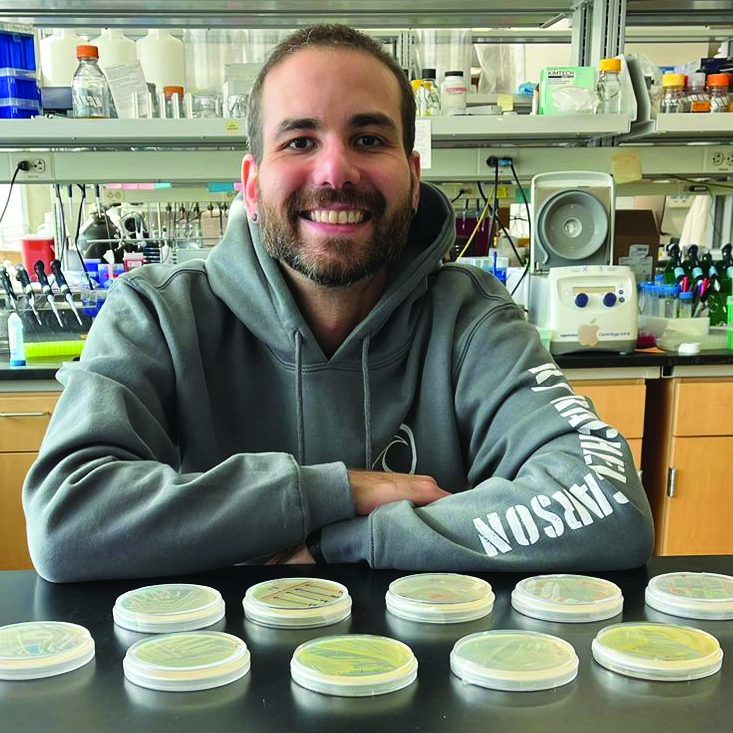
Dr. Frank Ferrer González
Ingalls (Primary) and Armbrust Labs, University of Washington
Frank's research is centered on understanding the interactions between heterotrophic marine bacteria and organisms of other trophic levels, particularly primary producers like phytoplankton, that mediate the largest annual flux of the marine dissolved organic carbon. Bacteria mediating this significant carbon flux exhibit divergent capabilities for uptake and catabolism that suggest the evolution of distinct resource niches for growth on labile carbon. Frank takes a multidisciplinary research approach to identify and characterize microbial interdependencies within phytoplankton and heterotrophic bacteria in oceanic environments. To achieve this, he combines culturing, molecular, chemical, and 'omics'-related methodologies, alongside classroom-based studies, to investigate microbial interdependencies in both model organisms and within natural environments.
2022 Cohort
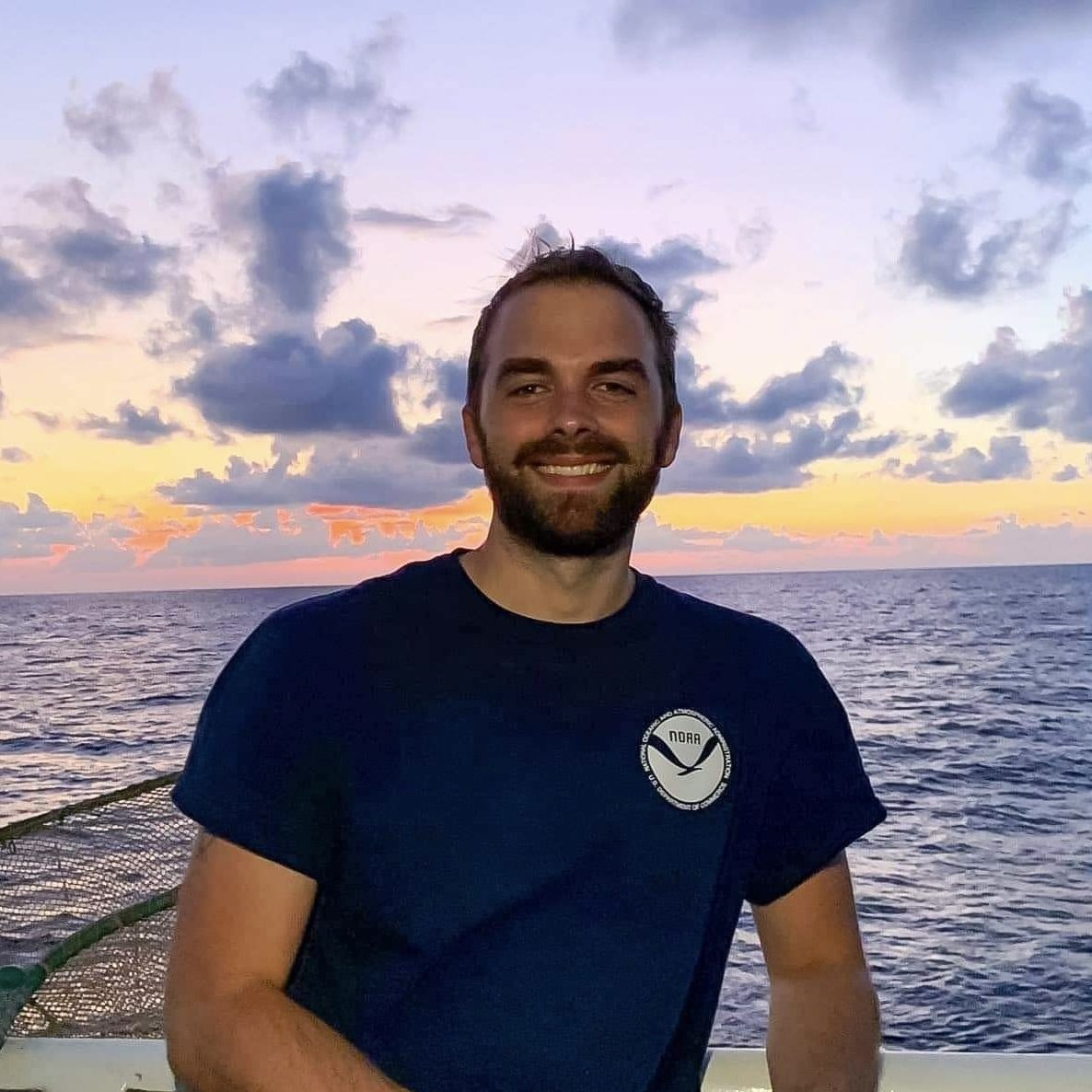
Dr. Sean Anderson
Harvey Lab, University of New Hampshire
Sean’s work is focused on better understanding parasitism in the plankton. Specifically, his research seeks to reveal the ecology and biogeochemical impact of enigmatic parasites called Syndiniales, which are widespread in the ocean and infect a range of other marine phytoplankton. Through his C-CoMP fellowship, Sean has learned new techniques in metabolomics to identify chemical compounds released over an infection cycle. He also worked on a collaborative project on Syndiniales and their role in carbon export in the Sargasso Sea. In addition, Sean has enjoyed student mentoring in the lab and sharing his love of phytoplankton through outreach events.
Website | X | ResearchGate
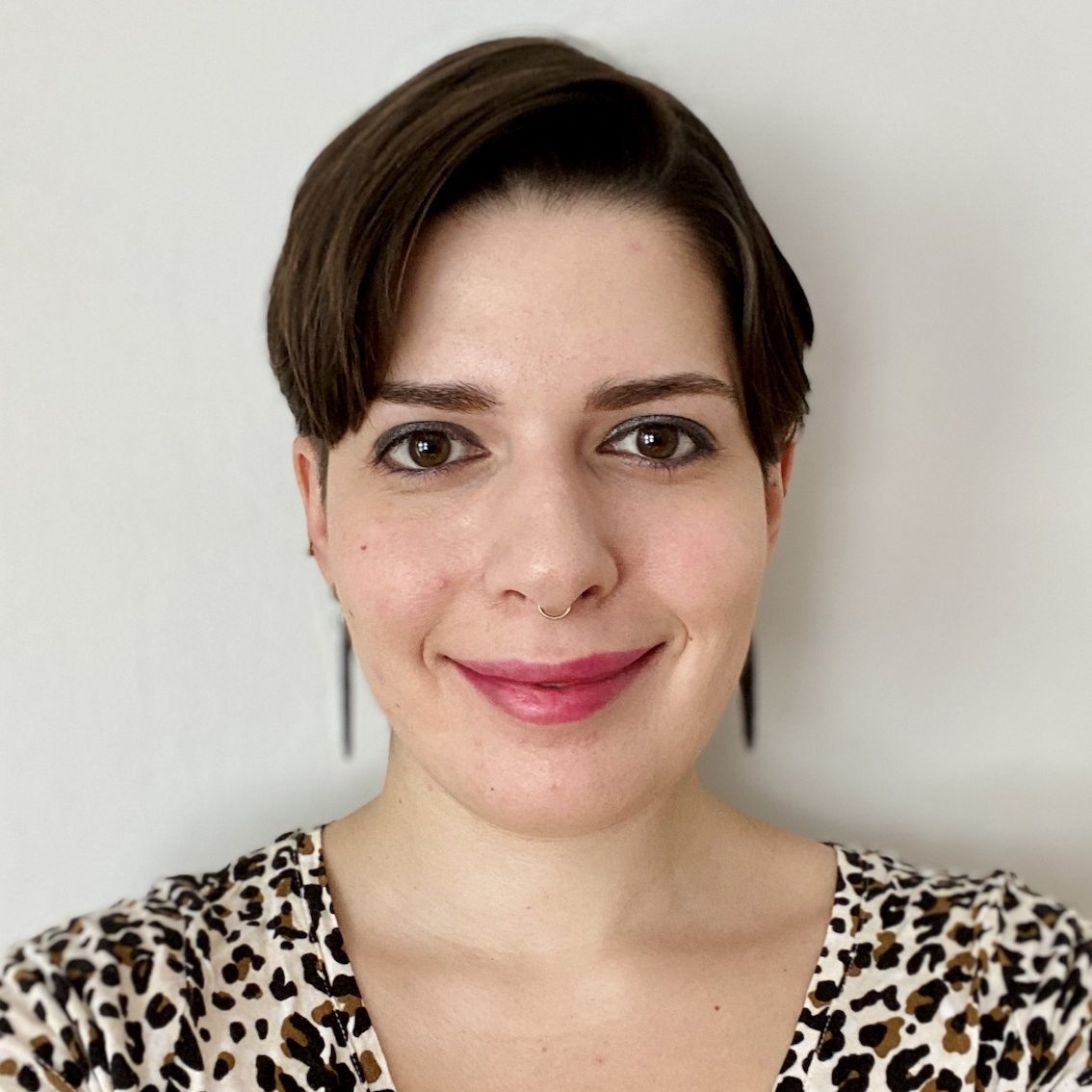
Dr. Rachel Gregor
Cordero Lab, Massachusetts Institute of Technology
What is the impact of the elaborate chemical diversity that marine microbes produce? Rachel examines this question in the bacterial communities that degrade particulate organic matter in the surface oceans, a key crossroads in the marine carbon cycle. Her first postdoctoral project focused on B-vitamins, finding extensive metabolic dependencies and cross-feeding within these communities that likely requires cell death. Next, she worked on the role of quorum sensing signals as regulators of the rate of particle degradation on the community level. Rachel’s future goal is to systematically characterize chemical interactions in these communities using high-throughput metabolomics, to map the connections between specialized metabolites, bacteria, and the environment.

Dr. Nicole Lynn-Bell
Durham Lab, University of Florida
Nicole is really excited about examples of microbial mutualisms in nature! During her postdoctoral work, she has been interested to see how specific changes to light and nutrient regimes impact marine phytoplankton (Thalassiosira pseudonana) cultures and natural marine communities. As a result of her C-CoMP fellowship, Nicole has learned how to conduct various nutrient chemistry analyses, sequence metagenomes to complete diversity assessments, and survey 35-sulfur radioisotopes. Given her personal journey, she was drawn to participate in C-CoMP Course-based Undergraduate Research Experience (CUREs) efforts to broaden participation in research. Nicole also co-taught an immersion course (Microbial Life in the Oceans blog post) and she is currently mentoring a high schooler as a member of the Durham lab.
Website | X | ResearchGate | Google Scholar
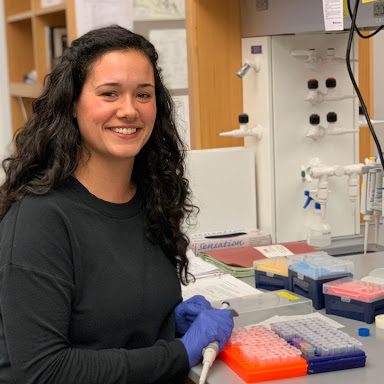
Dr. Carly Moreno
Amin Lab, NYU Abu Dahbi
Carly studies the relationships between diatoms and their microbiome at the single-cell level. Specifically, her research is focused on the microenvironment surrounding the diatom cell, known as the phycosphere, in which essential metabolites mediate nutrient exchange between both the diatom and its microbial community. By developing the use of a novel phytoplankton isolation and whole genome amplification protocol, and combining metagenomic and metabolomic approaches, Carly is researching the taxonomic and functional microbiome of the phycosphere, with the goal of revealing previously undetectable new relationships between bacteria and their diatom hosts. Other projects that she is carrying out in her postdoctoral research include studying the phycospheres of the red-tide causing dinoflagellete, Karenia brevis, and investigating microbial community dynamics in the Arabian/Persian Gulf.
